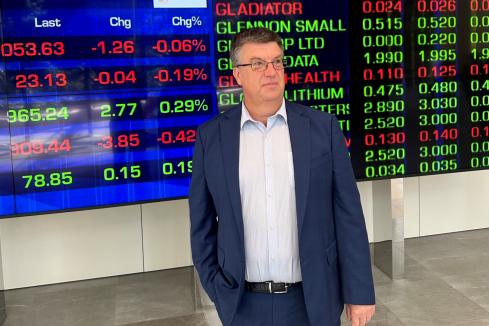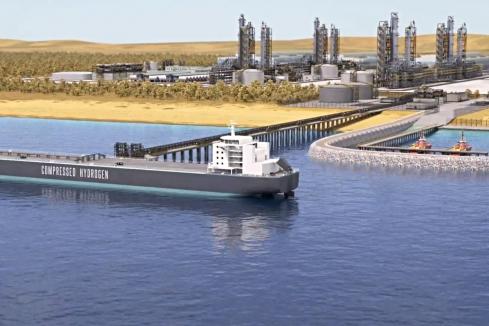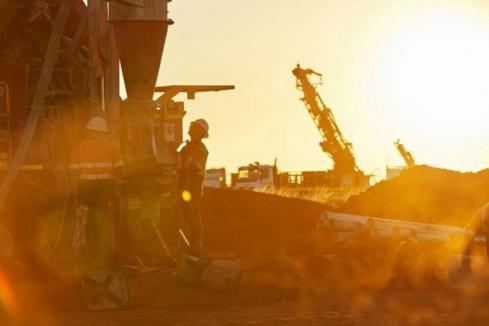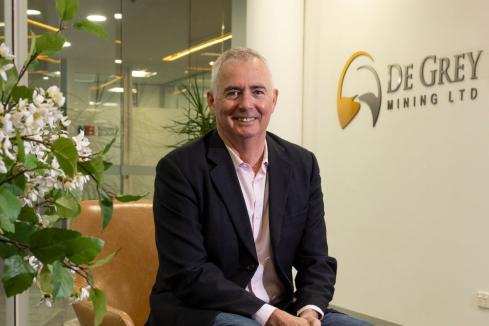
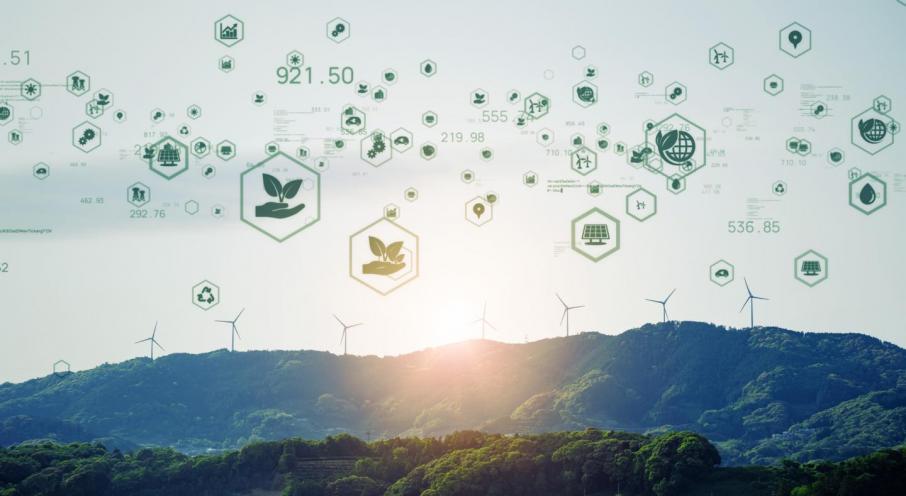
Australian companies are committing to net zero targets at a rapid pace: just yesterday, Senex Energy Ltd announced a net zero by 2040 target, in which time Fortescue Future Industries intends to meet net zero scope 3 emissions. Word on the street is that the Federal government is soon to declare a net zero commitment, bringing Australia in line with much of the developed world.
What is clear from the AFR Energy and Climate Summit, however, is that opinions remain starkly divided on the transition to net zero and a climate change resilient world. Some at the Summit have warned of the risks of a transition they consider is happening too fast—just look at recent events in China and Europe—while others consider the change is too slow.
Whichever way one looks at it, the shift to clean energy and decarbonisation is happening and it is occurring not on a small, industry-specific level, but systemically.
The Summit teased out key challenges of the energy and climate transition, as well as the many opportunities.
Difficulties of the transition
A key theme coming out of the Summit relates to the speed of Australia’s transition to net zero: is Australia really lagging behind, or are we moving too quickly to be well equipped for the issues the energy sector may face? It is clear from recent international events that a planned, well-managed and just transition to clean energy and net zero is essential. Although the importance of acting on climate change is well understood, barriers to that transition remain.
Energy market transition must be well-managed
One transitional difficulty is the systemic change faced by the energy market. This change must result in a market that is synchronous, reliable and has the capacity to meet growing consumer demands.
To avoid a spike in energy prices, and to maintain capacity in the event that renewable output is impacted (such as we saw recently with the lack of wind energy in the north sea off the UK), suppliers must ensure there is an oversupply of renewable resources. It is likely that an oversupply will be more important in the earlier stages of the transition than energy storage, which is more expensive and will take longer to implement. However, long-term storage will have a role to play in ensuring reliability.
Geographic distribution will also be essential in developing a reliable energy sector: for instance, how will energy from decentralised renewable plants be transported to population centres, and can we utilise the sunset in Western Australia to meet peak demand in New South Wales?
Collaboration between clean energy companies is key to systemic change. However, competition will remain a cornerstone of the economy, though its defining features will reflect the evolving clean energy landscape. For example, competition will differ depending on the time of day and weather conditions, as well as between centralised and de-centralised markets. Additionally, we are seeing the emergence of non-traditional competitors in the clean energy space, such as banks and telcos.
Lack of government regulation and policy creates uncertainty
The transition to net zero will be aided by transparency in government regulation and policy. Standardisation requirements will be essential in driving an Australia-wide and global movement towards a net zero world. This will also stream-line approvals and processes, allowing faster growth in renewable energy projects.
The Federal government’s view is that the transition will primarily be bottom-up, with the government facilitating rather than guiding the transition. Although clear regulation and policy remain a barrier to the transition, it is evident that Australian companies are flexible and resilient in adapting to net zero and climate change issues, whether the government is driving that change or not.
Community engagement is essential
Australian companies and regulators are alive to the fact that community engagement and support is essential to the transition. Without support from the broader community, Australian companies may not be able to meet their net zero targets. While consumers are concerned about the environment, consumer focus is on energy cost efficiency. As such, the Federal government and Australian energy companies must ensure the community is well-informed regarding the impacts of climate change, the transition to net zero and the ways in which they stand to gain from that transition.
Opportunities in a clean energy and decarbonised world
One of the opportunities arising from the challenges of the clean energy and decarbonisation transition is the role of gas. Though not strictly speaking a decarbonised fuel source, its role in an orderly and smooth energy transition is fundamental. The Federal government has earmarked gas as a key transition fuel for Australia’s net zero future. Indeed, gas is still expected to be a part of Australia’s—and the world’s—energy mix for quite some time, even if coal is to be phased out earlier than expected. Gas infrastructure also has a role to play, as it can be used for other types of energy sources, such as hydrogen, which can be mixed with gas and transported in gas pipelines.
The clean energy transition has also seen capital investment coming into its own. While traditionally capital has followed established sources of value, investors are becoming the source of change, with financiers leading, rather than following, the market. Money is being pumped into clean energy projects and decarbonisation innovations, as investors and shareholders demand action on climate change and a focus on broader ESG issues.
Diversity of clean energy sources key
Opportunities also abound in the solutions to decarbonise and shift to clean energy. New technologies like direct air capture and carbon capture storage require capital and research investment and, if proven to be viable, offer a means of decarbonising activities that are not otherwise readily able to rely on clean energy sources.
The Summit also considered the role of nuclear power as a route for decarbonisation. There is a sense that nuclear has not been adequately explored and has instead been prematurely dismissed, although there is an acknowledgment of the need to engage with the public on this issue. In particular, this will involve focusing on how nuclear power will be used, such as in the form of small nuclear power plants located in remote and decentralised areas, away from population centres.
A wide range of clean energy sources is key: hydrogen, popularly considered the catch-all solution to the decarbonisation challenge, is unlikely to account for more than 10% of the world’s energy sources. Electrification will play the leading role, with pumped hydro an additional viable option in Australia’s eastern states.
Australia well-placed to capitalise on clean energy transition
Overall, it is clear from the Summit that Australia is well-positioned to be a clean energy and decarbonisation superpower, with its abundance of sunlight and wind, as well as its position as an innovation hub for technologies such as carbon capture storage.
While the Summit focused on the transitional challenges and opportunities facing Australia, one point should be highlighted: the physical risks of climate change are real, and they are happening now.
The next twenty to thirty years will be humanity’s hottest yet on Earth. The transition is important not only to gain access to capital, or to demonstrate action on a trending topic, or even to meet net zero commitments: it is fundamental to ensuring that companies, countries and communities are resilient to the impacts of climate change as we move deeper into humanity’s defining century.
Written By Anneka Thomson and Shay Kiriakidis.






